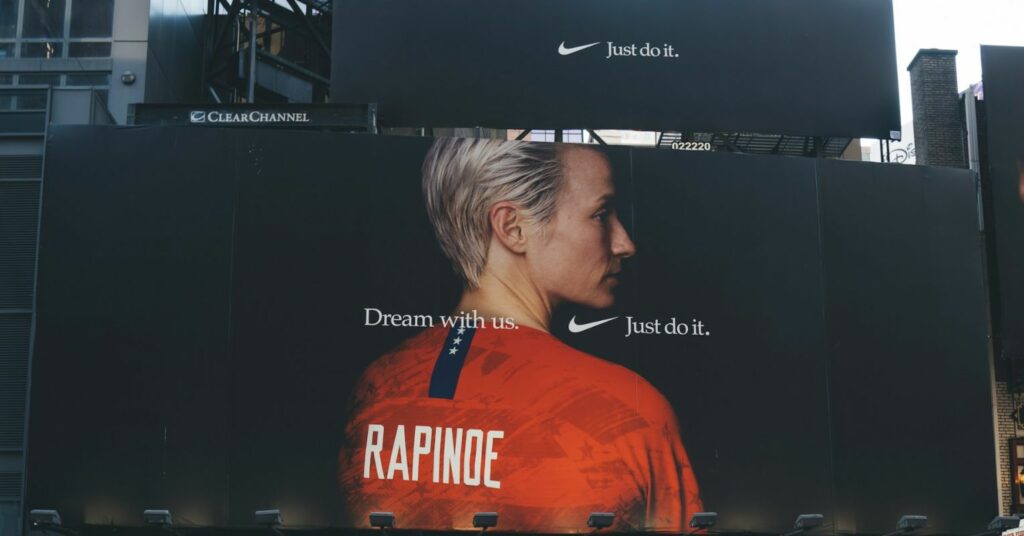This post was conceived by and co-written with Catherine Arrandale, Rose-Hulman class of 2026.
Perhaps one of the most memorable commercials from the 2024 Super Bowl featured Chris Pratt and his mustache sitting on a couch munching on Pringles potato chips. If you’re like many who watched the commercial, you were probably digging through your pantry searching for Pringles after the advertisement.
article continues after advertisement
What about a 30-second clip of a man lounging on a couch compels us to reach for Pringles? Many might attribute it to his distinctive mustache, slick hair, or simply the presence of the renowned American actor Chris Pratt. But the product itself—the actual Pringles supposedly being advertised—seemed to take a backseat to Pratt.
The cost of a 30-second Super Bowl ad can soar to 7 million dollars and stars like Pratt can earn millions from these appearances. So, it’s worth asking: How much does Pratt’s presence truly influence the sale of potato chips?
Do Celebrities Draw Our Attention to Products—Or Suck It Away From Them?
One reason advertisers want viewers to be exposed to and look at their products is because of the “mere exposure” effect. This phenomenon says that the more we are exposed to something, the more we tend to like it. This explains why we are more likely to buy a product we’ve seen before than one we’ve never encountered.
But in order to be exposed to something, we first need to notice it. That’s one way that celebrity endorsements might be effective. Celebrities catch our attention and therefore increase the chances that we will at least get exposed to the products in the ads. But if celebrities end up drawing our attention away from the product a company is selling, a celebrity appearance could backfire, something that marketers call the “vampire effect.”
article continues after advertisement
This is what a group of researchers led by Simone D’Ambrogio set out to test in a 2022 study. Specifically, they tested whether where a celebrity looked in an ad affected where people’s attention was drawn and whether it affected their consumer choices.
Seventy-three adults were recruited for the study and were given computer tasks. The study included three phases. In the first phase, participants saw two pictures of common snack foods from 15 side-by-side images for 105 unique pairings. They were instructed to choose just one preferred image from each pair for all 105 unique pairings. This test eliminated consumer bias on a particular snack, since snacks that were always or never chosen by the participants were eliminated from the analysis of the study.
In the second phase, participants were shown a collection of ads for snacks from the first phase. Some showed a celebrity looking at the snack, some showed a non-celebrity looking at the snack, and others showed celebrities and non-celebrities looking at the viewer. For example, the celebrity pairings included Selena Gomez posing with Hippeas, Kim Kardashian with Veggie Straws, and John Legend with a Nature Valley granola bar.
The researchers tracked participants’ eye movements as they looked at the ads. They were mainly focused on where they were looking: the product, the person in the ad, or elsewhere. In the last phase, participants repeated the choice task from the first phase.
Celebrities Have Influence That Matters
Take any commercial and observe the endorser with the product. More often than not, their eyes are directed toward the product at some point during the advertisement. This is because of the gaze cueing effect, in which an individual’s gaze directs our attention in that direction.
article continues after advertisement
For the non-celebrity ads, the results were in line with this phenomenon: participants looked longer at the snacks when the people in the ads were looking at the snacks. And recall the mere exposure effect: more looking time leads to more product exposure.
However, with a celebrity selling the product, where the celebrity was looking didn’t affect where participants looked. Even so, the researchers found that participants were more likely to choose the snacks endorsed by the celebrities than the non-celebrities when they repeated the choice task. (On average, this effect amounted to getting one additional person out of nine to choose a snack endorsed by a celebrity compared to if it were endorsed by a non-celebrity.)
While it might be tempting to associate celebrities’ attractiveness with their advertisements’ success, the researchers ruled out this explanation by running an online survey. They recruited volunteers to rate the attractiveness of celebrities and non-celebrities used in the study and found that, on average, volunteers rated the non-celebrities as slightly more attractive than celebrities.
The Celebrity Effect in Advertising
So, is it worth employing a celebrity to endorse your product for a 30-second commercial, or is money better spent elsewhere? The study can be summarized in one idea: the celebrity effect. This basic idea is that a celebrity selling a product increases the chances the viewer will ultimately buy that product.
article continues after advertisement
The Chris Pratt Pringles commercial was memorable, but was it effective? The study offers some mixed evidence. On the one hand, it found that non-celebrities were more effective at directing participants to look at the products. But perhaps because of the celebrity effect, seeing a famous actor like Pratt rather than a nobody might have actually made a difference.
Whether you are part of a marketing team preparing to advertise for the Super Bowl or a couch critic, start paying attention to these hidden tricks designed to draw you into a product. Often, you would be surprised at how much credibility and expertise we too easily give away to what is just an actor reviewing potato chips.
Source link : https://www.psychologytoday.com/za/blog/overthinking-tv/202406/do-celebrities-make-ads-more-effective?amp
Author :
Publish date : 2024-06-24 14:33:15
Copyright for syndicated content belongs to the linked Source.
